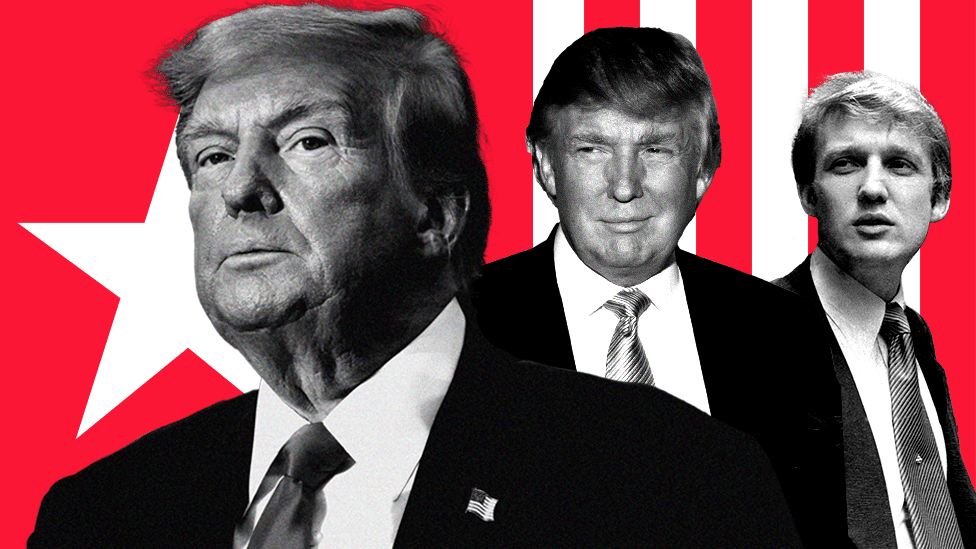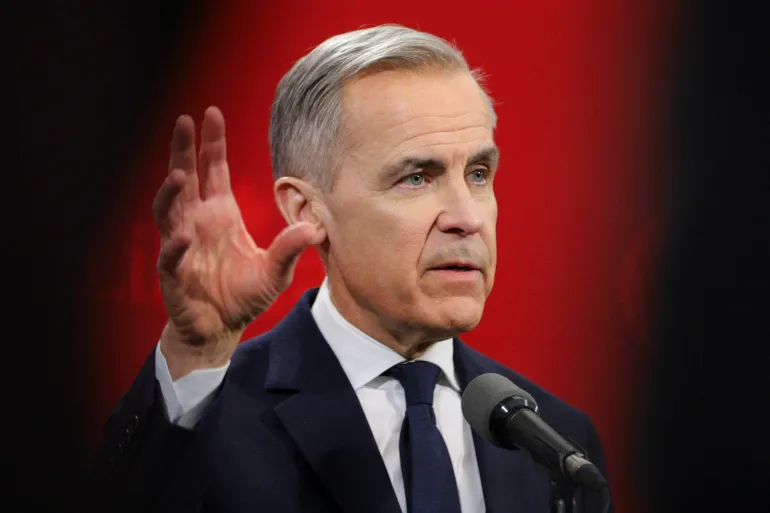Washington: As Donald Trump marks his first 100 days in his second term, the White House is strategically highlighting the President’s border crackdown, an area where he enjoys relative strength amidst otherwise concerning poll numbers. The administration’s decision to stage television broadcasts against a backdrop of yard signs displaying mugshots of immigrants accused of serious crimes underscores this focus. Chief border advisor Tom Homan’s declaration of “unprecedented success” and a commitment to “full speed ahead” on this initiative signals a clear prioritization.
Press Secretary Karoline Leavitt’s assertion of being in the “beginning stages of carrying out the largest deportation campaign in American history” further emphasizes the administration’s stance. While the White House disputes comparisons, claiming a significantly lower number of border crossings, the fact remains that deportation figures have, at times, fallen short of those under President Biden.
Trump’s approach to his second term is markedly different from his first. He claims to feel more in control, surrounded by loyalists and emboldened in his confrontation with a judiciary that occasionally checks his agenda. As he told The Atlantic, “The first time, I had all these crooked guys and I had two things to do: run the country and survive. And I govern both the nation and the world the second time.”
While the 100-day milestone, a tradition dating back to Franklin Delano Roosevelt’s early actions during the Great Depression, was once dismissed by Trump as an “artificial barrier” during his tumultuous first term, he now seeks to leverage it. Leavitt points to a flurry of executive orders, nearly matching Biden’s entire administration, as evidence of swift action.
However, this focus on immigration and the administration’s broader agenda appears to be out of step with a significant portion of the American public. An AP-NORC study reveals that only about half of Republicans believe Trump has the right priorities, with nearly twice as many Americans believing he is focused on the wrong ones. Alarmingly, even within Trump’s base, his approval rating has declined by nearly 10 percentage points since January. These findings are echoed in other recent surveys, which highlight discontent with his economic policies and tariff strategy. Trump’s dismissal of these polls as “FAKE POLLS FROM FAKE NEWS ORGANIZATIONS” does little to address the underlying concerns.
The President’s aggressive crackdown on illegal immigration has drawn considerable criticism. His critics argue that he is pushing the boundaries of executive power, attacking judges who rule against him, and engaging in questionable actions such as sending suspected Venezuelan gang members to a mega-prison in El Salvador against a court order. His refusal to comply with a Supreme Court order regarding the return of a wrongfully deported individual further fuels these concerns.
The White House is intensifying efforts to encourage “self-deportation” through harsher penalties and incentives, even as promises of mass deportations remain largely unfulfilled. While the administration points to a sharp decline in unauthorized border crossings as a key achievement, the broader picture reveals a nation divided on the President’s priorities and methods.
The signing of two executive orders on immigration, including one directing the compilation of a list of “sanctuary cities,” signals a continued escalation of this approach. As Trump navigates his second term, the extent to which this border-centric strategy will resonate with a broader electorate remains a critical question.




